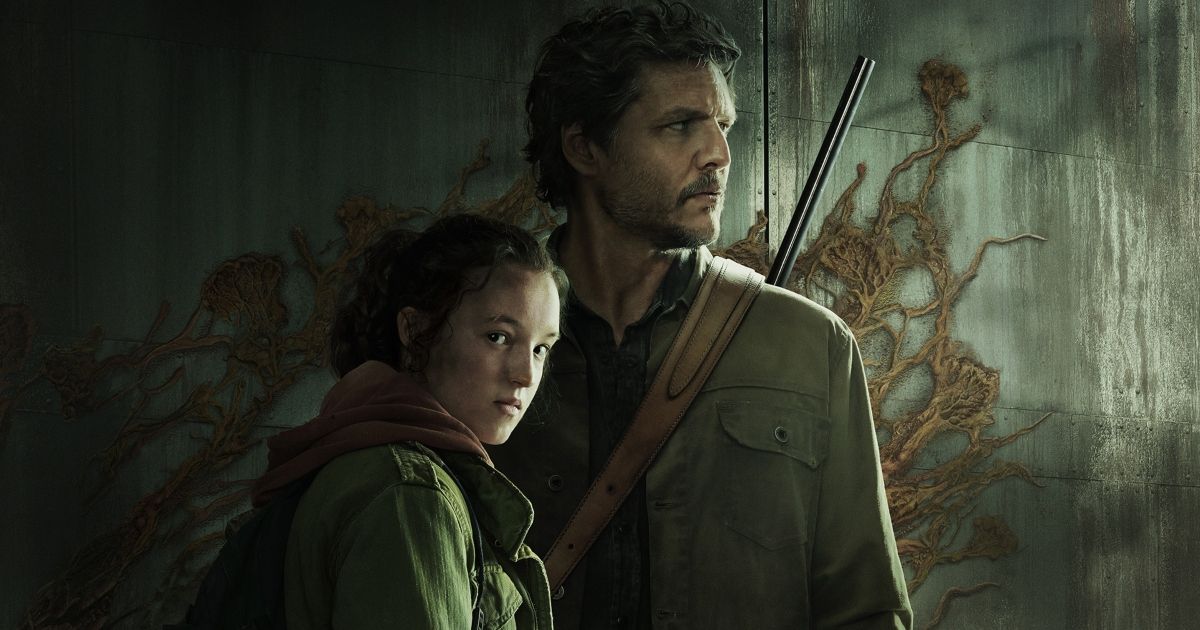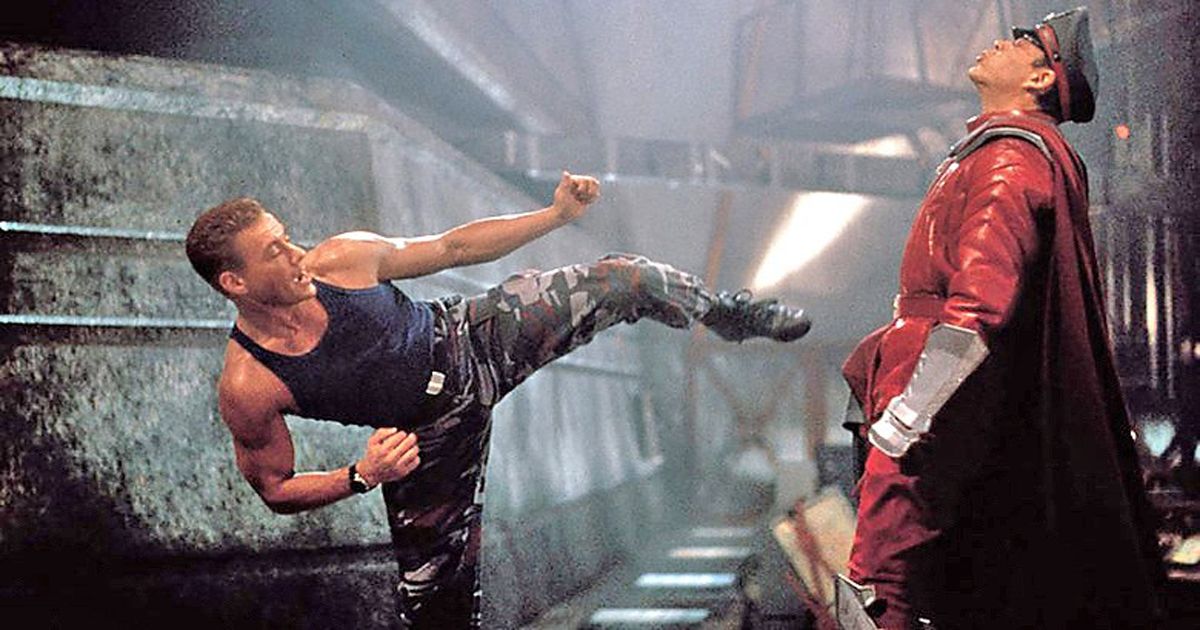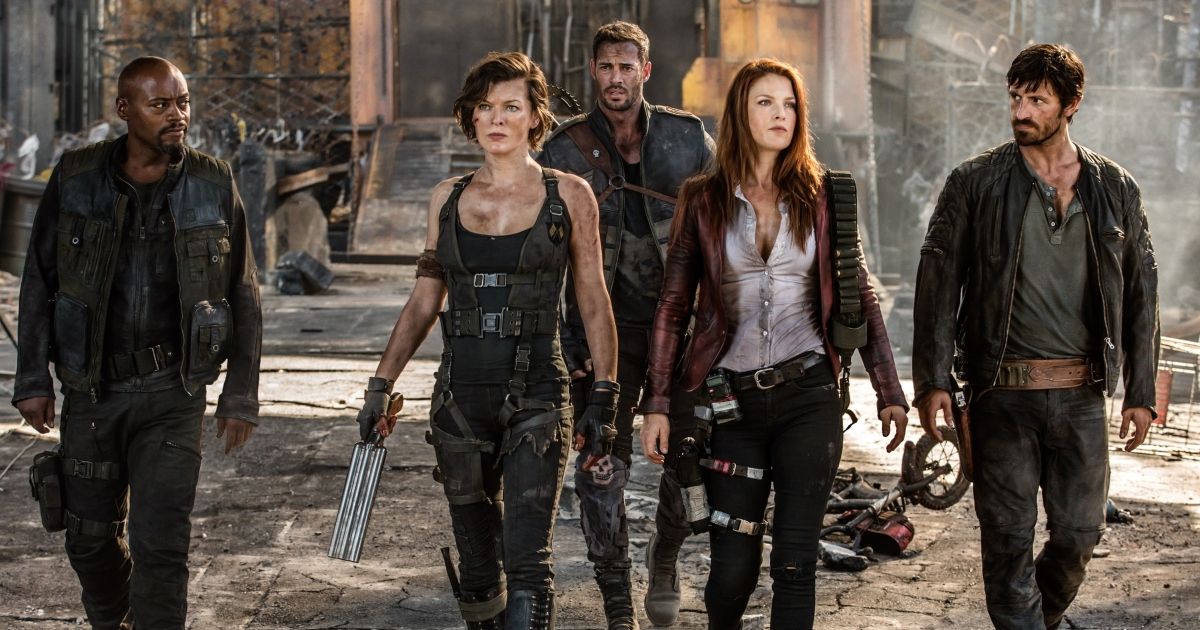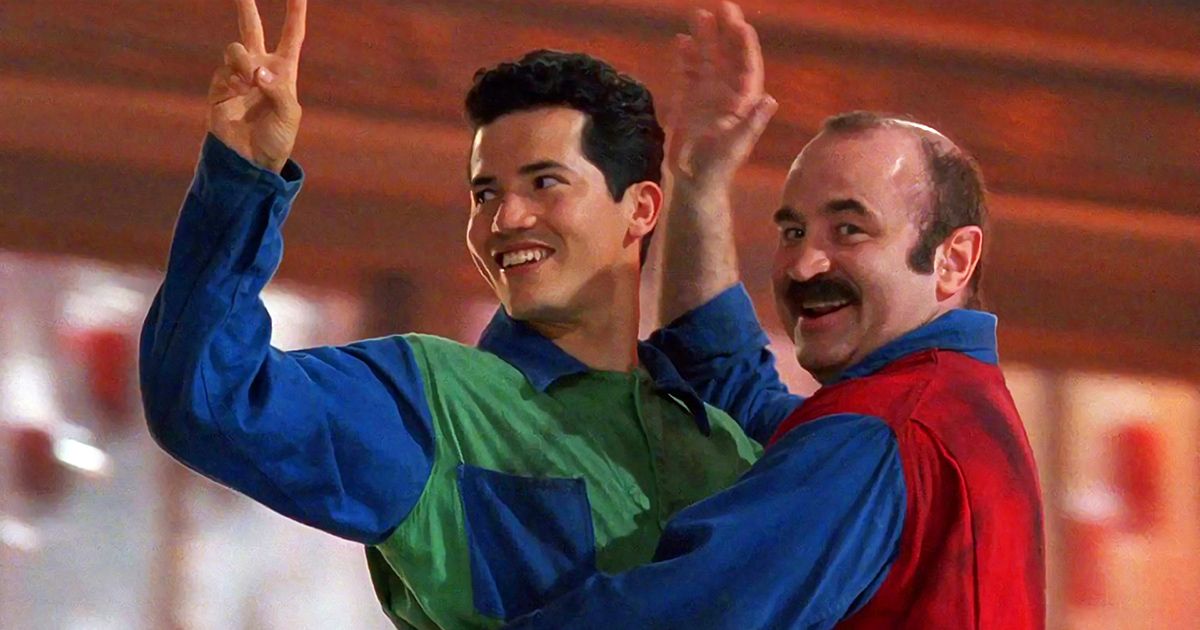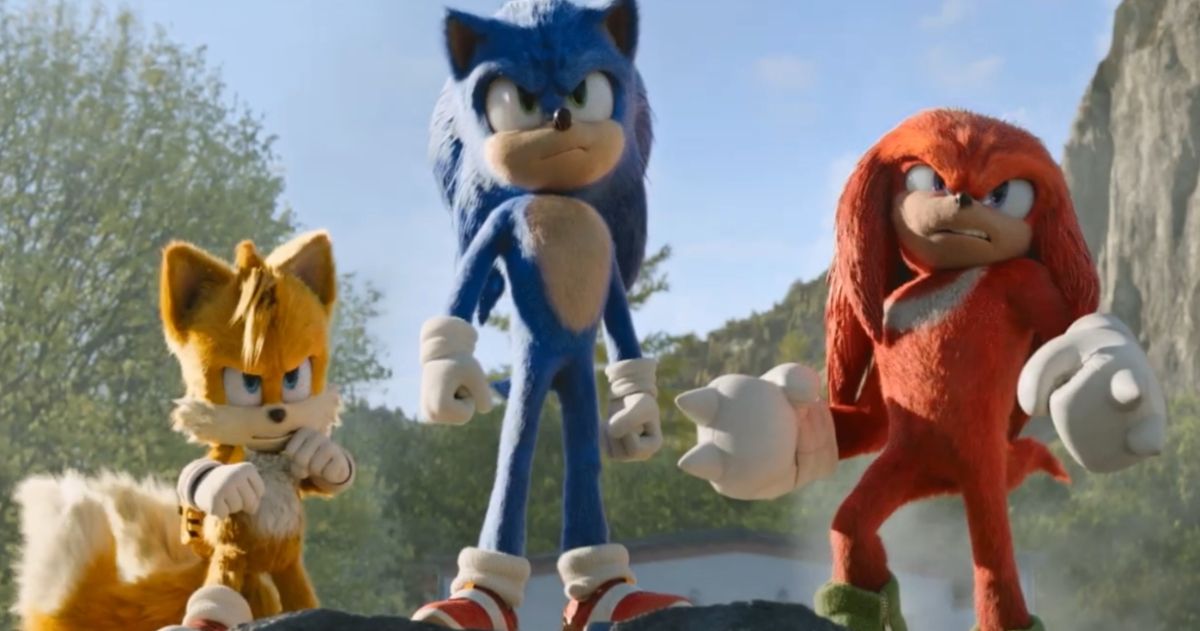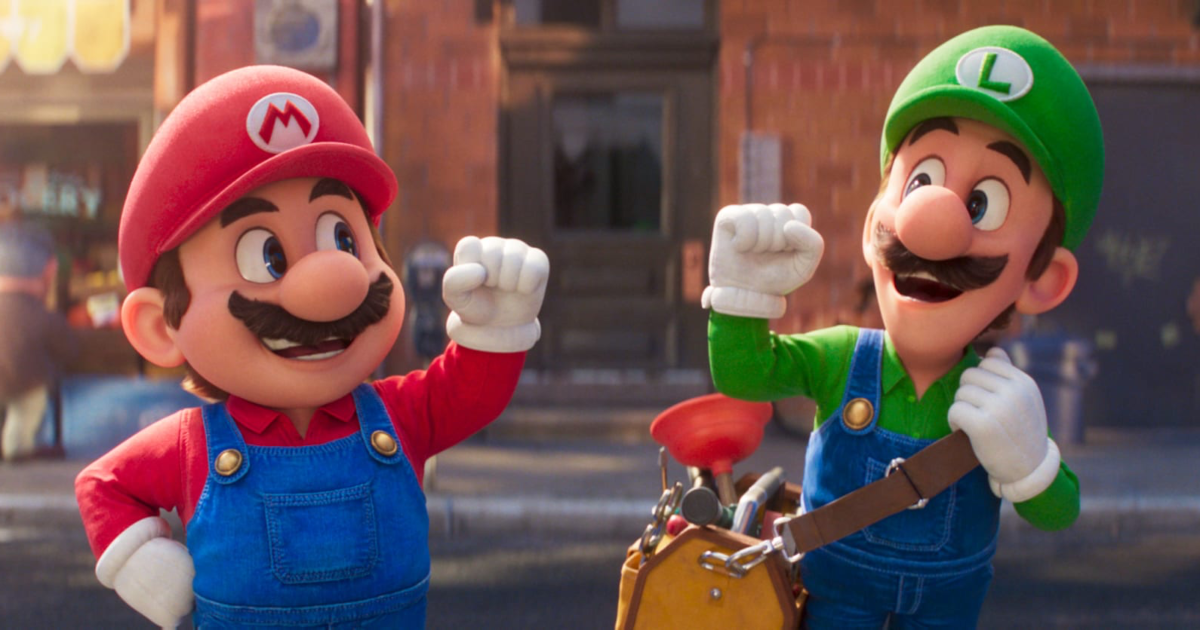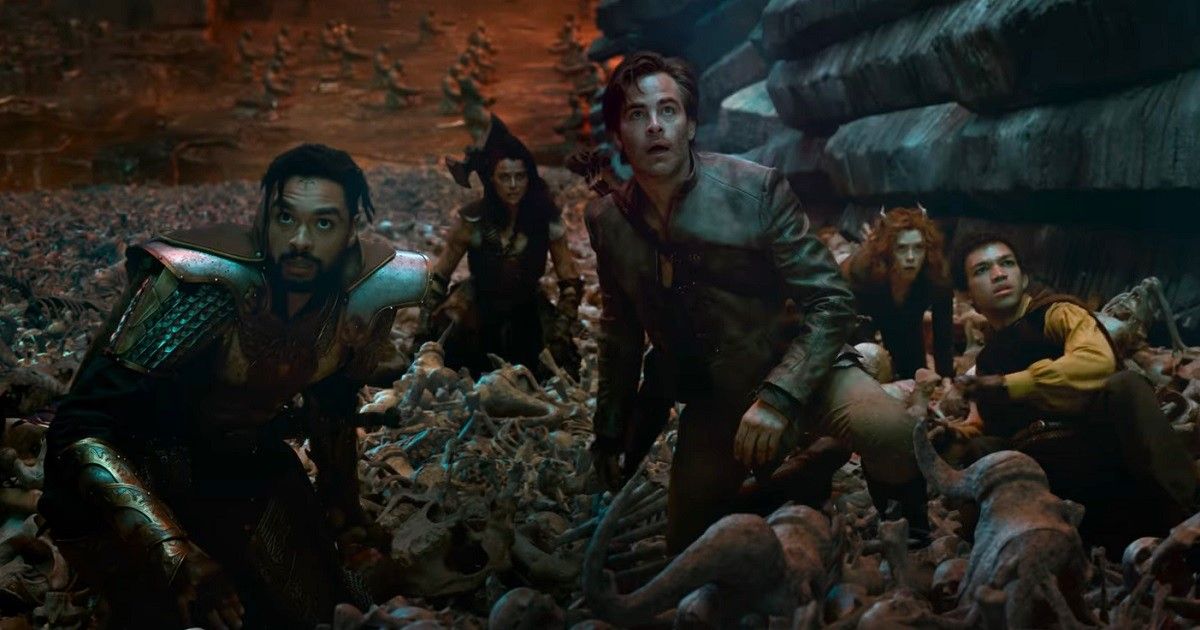Whether you spent your Sunday nights excitedly devouring HBO’s hit show The Last of Us, or just saw headlines about Pedro Pascal and Bella Ramsey on the news, everyone can agree that change is in the air in the film industry. What exactly could that change be?
Until now, the biggest conversation in the entertainment industry has been the Great Original Vs. Remake Debacle: With the success of franchises like The Avengers, James Bond, and John Wick, many argue the need for new film ideas rather than sticking to our known content. And yet, post-COVID-19 pandemic, that conversation has looked a little different. Sure, blockbuster remakes are still around, but adaptations became the name of the game. 2020 and 2021 brought a slew of successful book-to-movie adaptations; Crazy Rich Asians, Little Women, and Emma. Now, however, we are entering another stage of the adaptation story; that of the video game.
With The Last of Us hitting the world like a ton of bricks, and Super Mario Bros. shattering box office targets on opening weekend, it seems that Hollywood is entering the golden era of video game remakes. This is exciting news for viewers and creatives alike; fans of video games will get to see beloved characters in new lights, and creatives will get to delve into untapped worlds.
This was also an unexpected development. Until this year, the video game movie as a genre has been thought of as all but an experimental failure. There aren’t too many examples of the video game movie — its history is brief, only about 30 years — but the portfolio that exists is a messy and somewhat disregarded one. As the producer of the Mario movie, Chris Meledandri, put it, “There was this industry idea that video games weren’t adaptable IP.”
So what changed? How did Hollywood go from seeing video games as a no-go zone to diving headlong into investing in video game content?
What was the First Video Game Movie?
The first ever video game movie came out in 1993, with Rocky Morton and Annabel Jankel’s Super Mario Bros. The movie, featuring the live-action versions of Mario and Luigi as two Italian-American New York City plumbers, is an acid trip of a movie. The story features all of our favorite characters through some not-so-fantastic visual effects.
Directors Morton and Jankel had very little guidance from above, nor any connection with Nintendo, resulting in a story and set of characters that diverged quite a lot from the original characters. Attempting to build a narrative around a videogame had never been done before, and the resulting film was experimental. While its poor reception meant the film fell into obsolescence, it does have a ragtag fan base who love its camp aesthetic.
The second video game movie came out the following year with the big debut of Street Fighter, a popular arcade game in the 90s. Where Super Mario Bros. was borderline avant-garde, Street Fighter fits itself perfectly into the action movie genre, with a stellar performance from famed action actor Jean-Claude Van Damme. While the film production ran into quite a few challenges — from filming in the heat of Hong Kong’s summer to stopping production for safety reasons while shooting in Japan — the resulting film was generally ok.
The film has a solid plot, good acting, and highly regarded action sequences. And yet, the film was more financially successful than it was critically, with fans of the original game feeling that the film’s characters diverged from the game too much and visual effects were too poor.
Resident Evil and The Cash Grab Video Game Movie
The following decade brought in a smattering of video game movies that received similar reviews: action movies that never really captured the original energy of the video game but were financially successful. And yet, in 2002, a certain post-apocalyptic movie came out that changed how video game movies were perceived inside and outside of Hollywood.
Based off of the Japanese horror film Sweet Home, Sony Pictures came out with the highly anticipated Resident Evil movie. Often credited with creating the survival horror genre of video games as we know it today, Resident Evil introduced many to its breed of Japanese horror.
The game itself was an overnight success, highly regarded for its cinematic touches and more complex gaming experience. Paul W. S. Anderson was chosen to write the script for Resident Evil, crafting a cannon story with a cast of characters that were not in the original game. The results? A movie everyone despised. Resident Evil was viewed as director Roger Ebert's most hated film, with critics arguing its poor tact and fans frustrated that the movie aligned itself more with The Matrix than the video game.
What’s crazy? The film grossed $103 million at the worldwide box office with a $33 million budget. Being such a financial success, a sequel quickly came underway. By the end of 2016, six films had come out with the final movie, The Final Chapter, the story grossed a whopping $1.2 billion worldwide.
Why are Video Games So Hard to Adapt?
Even with the financial success of the Resident Evil franchise, these films are infamous for being overdramatized, cheap looking, and removed from the original video game. This proved true for most video game adaptations; Whether a film was based on family-friendly properties like Angry Birds or Ratchet and Clank, or if it was a more adult-skewing story like World of Warcraft or Hitman, it was seemingly impossible to make a video game movie that was both financially successful and well-regarded by audiences and critics.
There are multiple reasons for this, the first of which is that video game aesthetics are incredibly hard, and incredibly expensive, to capture on screen. From makeup and costumes to set design, explosives, and visual effects, budgets for video game movies are expensive if you want it done realistically. Another reason is that video games, unlike movies, do not require a storyline to be played. Mario Bros, Street Fighters, and Resident Evil all may have included cinematic elements, but there was no necessity for an overarching story for players to enjoy the game. This makes adapting them to the screen, which intrinsically needs a story, challenging.
Translating characters from game to screen also proved difficult for similar reasons. Gamers, who already have a relationship with these characters, are finicky when it comes to seeing them translated on screen. Filmmakers had to decide how to approach these characters to reach their target audience, whether that meant creating new characters or changing old ones.
The final and biggest element of risk in the video game movie is that it had never been done before. Hollywood movies follow a precise formula for success. The hero’s journey, the tragedy, and the comedy all follow a simple but affecting path. With no narrative flow in the video games and no hard-or-fast rules on adaptation, filmmakers were left to experiment to find out what worked. The results? A portfolio of wonky, cringeworthy, and campy films. By the late 2010s, Hollywood had ridden off the video game movie for future developments.
Turning Point: Sonic The Hedgehog and COVID-19
Hollywood changed its tune about the video game movie when the COVID-19 pandemic hit. Why? While the film industry was brought to an abrupt halt, unable to produce anything or make money, the video game industry moved through the two-year quarantine relatively unscathed. Gaming companies saw an increase in users with the mandated stay-at-home order.
With games becoming a place for people to socialize and “hang out” in the safety of their homes, total U.S. consumers grew from around $27 billion in 2010 to $50 billion-plus by the end of 2020. With more sales and money to spend, video game companies could invest in furthering technology, creating new games, and improving user experience, all of which could take place under the quarantine safety codes. After all, you don’t need massive amounts of people to be physically in a room to create a video game.
The success of the video game industry was not enough to push Hollywood skeptics enough, though. The real push towards the video game movie came when a little blue hedgehog hit the silver screens. Sonic the Hedgehog came out in 2020, just after the start of quarantine in the US, and became an instant success and all but saved dying movie theaters.
The film raked in $37 million from the United States and $70 million internationally, a global total of $141 million. With its budget of $90 million, Paramount Pictures was very happy with its smash success. Not only this, but the film received critical acclaim with a 63% on rotten tomatoes, and an A on cinema score from audiences, destroying preconceived notions that the video game movie could never be a good movie.
So what did Sonic do Differently? For starters, when the film set out to design a new iteration of Sonic for the silver screen rather than the video game console, they listened to audience reactions, even at the price of slowing down production. When trailers dropped for the film, viewers reached with abject horror; Sonic looked nothing like the beloved fur ball they had come to know and love. Paramount responded immediately, rebuilding Sonic to make him truer to the original. This turned out to be the best thing production could have done; Sonic reached its intended audience of both original game players and children whose first introduction to Sonic was the movie.
While Sonic's physical design stayed true to the OG Sonic, producers for Sonic found the right balance between staying true to the game’s characters and building them up to function in a movie setting. Where Sonic in the videogame is a well-established character, not quite a hero but a do-gooder, the film explores the origins of Sonic: How he started out and became the dutiful hedgehog we all know and love. In other words, he became a Sonic that could undergo character development, but still holds true to the core of Sonic, as expressed by creator Yuji Naka, as embodying “Peace, trust, and coolness.”
It seems that, finally, Hollywood cracked the formula for the video game movie.
The Last of Us and Super Mario Bros.
With the success of Sonic, others in the film industry quickly caught on to the potential of video game adaptations. Avoiding the mistakes of the ancestors of the video game movie, The Last of Us TV series made sure to have the original game creator, Neil Druckmann, involved in the creation of the show. HBO put a big budget towards having a realistic set design to ensure the world of Joel and Ellie looked realistic.
In doing so, The Last of Us manages to prove it’s still possible to make a riveting television series using a game as source material, with critiques and fans raving that the adaptation is a form of high-concept art, with fans of the video games committed to the series. The show was praised by gamers for remaining loyal to the original IP in balance with creative license. The first episode is almost a shot-for-shot remake of the first hour of the game, and conceding episodes deviate somewhat from the story, its narrative follows the game's ambling structure.
The opening of Super Mario Bros. highlighted the new and improved video game movie. Where the 1993 version barely broke even, the 2023 version grossed $378 million globally on its opening weekend. Constantly searching informatics and social media for reactions to released designs, trailers, and news on the film, producer Chris Meledandri made sure that fans liked the final character designs of the film. With heavy backing and creative input from the original creator at Nintendo, the film was able to stay true to the original characters.
Making Super Mario Bros. an origin story once again gave fans of the game an entry point to seeing their favorite characters in a new light, just the right mix of similarity and uniqueness that makes them believable to audiences. The resulting film was lively, colorful, and hilarious for adults and kids alike.
The Future of the Video Game Movie
It seems, having cracked the code, Hollywood will be investing much more into the video game adaptation market. This spells more creative opportunity as an entire landscape of established worlds that was locked away until now is finally open for venture. We are already seeing film creatives taking the video game adaptation in stride, with big blockbuster movies like Uncharted, Ready Player One, and the upcoming Dungeons and Dragons leading the way into the new generation of video game movies.
This could also spell new connections between the two sections of the entertainment industry that were once so divided. Video games are also looking and acting more like films, incorporating more inept storylines and character arcs as well as CGI-based acting. Movies and TV shows are incorporating video game elements into their franchises, with Marvel’s Spider-Man: Miles Morales and Sherlock Holmes: The Awakened, and even more experimental ventures — including Blumhouse, the producers of hit horror movies like M3GAN, Get Out, Halloween, and Happy Death Day, are attempting a new video game format.
All in all, after 30 years coming, the video game movie is finally coming into the spotlight. Who knows what will happen next?

